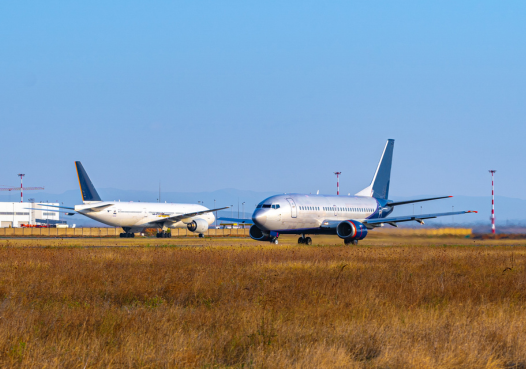Passenger traffic full recovery pushed back to 2025

|
Wider airport performance gaps & traffic volatility predicted due to:
|
Brussels: ACI EUROPE has today released a revised passenger traffic forecast for the European airport network, showing that passenger volumes in 2023 are set to fall -9% below pre-pandemic (2019) levels and that a full recovery has now been pushed back to 2025 – rather than 2024 as previously forecast (May 2022).
Olivier Jankovec, Director General of ACI EUROPE said: “Passenger traffic has made a strong comeback since last Spring and has so far been very resilient in the face of increasing geopolitical and economic headwinds.”
“However, we now expect the passenger traffic recovery to level off moving forwards, with the timeline pushed to 2025 before Europe’s airports finally get back to where they stood before COVID-19 hit. Next year, we will still miss 220 million passengers, meaning our volumes will only match 2017 levels.”
“All this reflects a mix of determinants with more negatives than positives – along with significant downside risks.”
Continued geopolitical tensions and the war in Ukraine will keep impacting several national markets – and dominate downside risks. Deteriorating macro-economics and inflationary pressures are also set to weigh on demand, with air fares having increased sharply throughout Q3 and Q4 20221. Higher regulatory costs will also result in sustained inflationary pressures on air fares. On the supply side, tight capacity management mainly by Full Service Carriers and the permanence of travel restrictions to China will also limit further traffic growth.
At the same time, ACI EUROPE expects the impact of these negative determinants on passenger traffic to be partially compensated by a degree of resilience in leisure demand and the continued expansion of Ultra-Low Cost Carriers. The end of the airport slots waiver granted to airlines as of next Summer should also ease supply pressures.
All these factors will impact airports differently depending on their location, size, market position and business model. This means the increasing gaps in traffic performance which we already see across our footprint are here to stay, at least as we move through the year to come.
Jankovec commented: “It is becoming an increasingly mixed bag of impacts and outcomes. We expect several airport markets - especially those relying predominantly on tourism - to exceed their pre-pandemic passenger volumes as soon as next year. But many others will not fare so well and take much longer to recover.”
He concluded: “On the longer horizon, once the last impacts Covid-19 have finally departed, European airports will face higher levels of risk than in the past. Our regulators must reflect and fully account for this.”
1 Passenger air travel inflation has been double digit in the EU for more than a year, with October 2022 data showing that price of passenger air travel had increased by +30.9% compared to the same period last year (CAPA).


